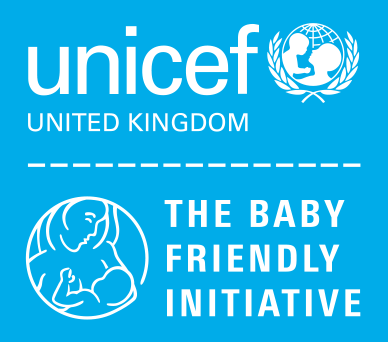Painful and cracked nipples are not a normal part of breastfeeding.
Nipples become damaged and sore if the baby is not positioned and attached effectively. If feeding is painful and/or if at the end of a breastfeed the nipple seems flattened or pinched, then the position that the baby is held in and/or the attachment needs to be adjusted and improved. Ineffective positioning and attachment will not only cause painful feeding, but will also result in the baby not taking enough breastmilk, which in turn will result in a baby who is unsettled after feeds. In addition, feeds can take longer and the mother will become at risk of developing engorgement, blocked ducts and mastitis.
Whilst poor positioning and attachment is the cause of the majority of sore nipples, it is possible that thrush may be the cause, especially if the pain starts after a period of trouble free feeding. A symptom of thrush is pain that continues after the feed has ended.
How can sore nipples be prevented?
Making sure that the baby is attached effectively will mean that the nipple reaches the rear of the mouth close to the soft palate. At this point it is protected from being squashed and rubbed by the tongue during the feed. If the baby is not well attached and the nipple is further forward in the mouth, it will be pinched against the hard palate causing pain in the first instance, and ultimately will cause the skin to break down and a crack to form.
And treated?
Treating sore and cracked nipples involves removing the cause by improving the positioning and/or attachment. Often this will require help from a health professional or trained volunteer. Even very sore nipples can feel comfortable during feeding once the attachment is improved. Expressing a few drops of breastmilk onto the damaged area after each feed may also help, as breastmilk contains substances which aid healing and counter infection.
Many creams and sprays are available, however care should be taken – they will not work unless the cause is treated, and some can cause allergic reactions in the mother or baby. For a cracked nipple however, it is possible that applying a small amount of petroleum jelly or another similar moisturiser such as purified lanolin may assist with healing by a process called moist wound healing.



